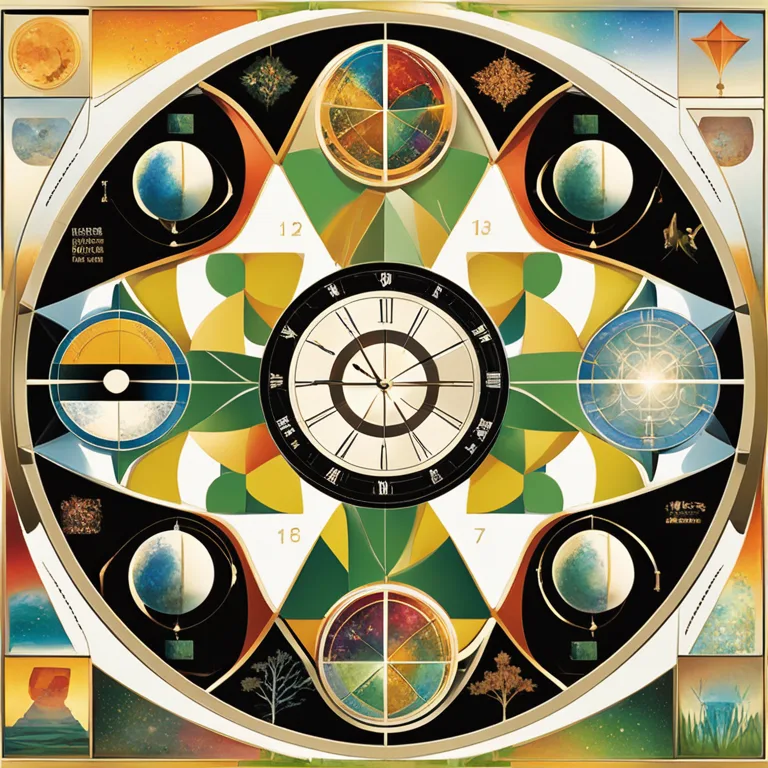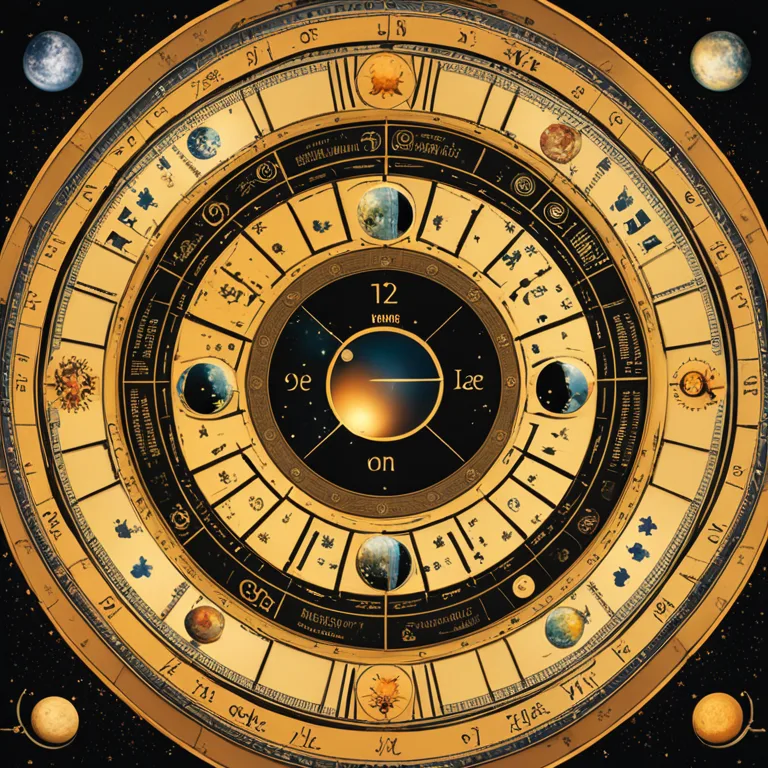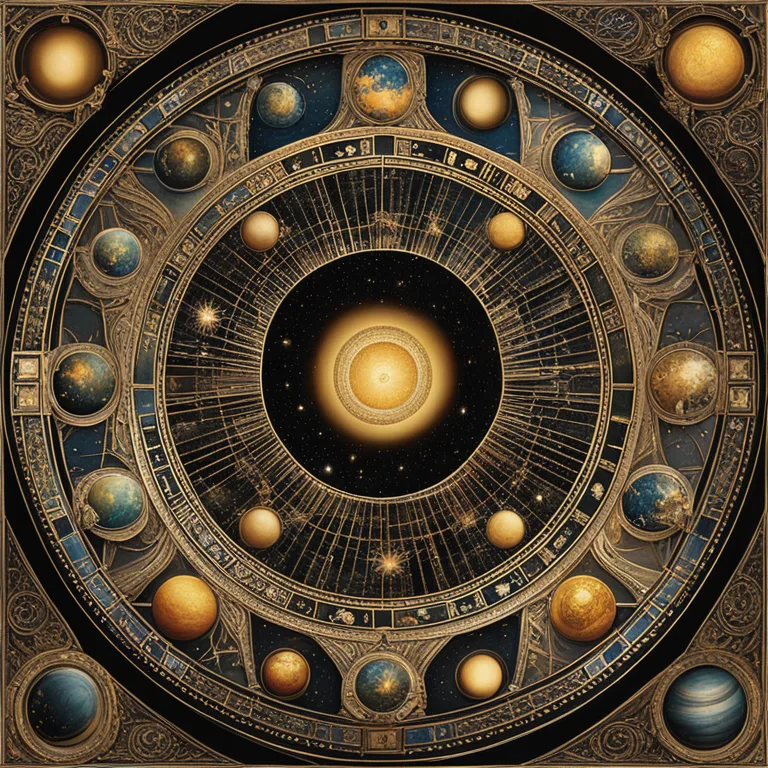
Astrology: A Modern Guide to the Stars
Delve into the art of astrology, its components, and its relevance to our lives in this encompassing guide for celestial wisdom and insights.
article by Priya Deshmukh
The Essence of Astrology
Astrology is an ancient practice, often seen as a bridge connecting the heavens with human affairs. Throughout history, civilizations have looked to the skies in an attempt to understand their place in the cosmos. Unlike astronomy, which is the scientific study of celestial objects, astrology is mystical, interpreting the influence that celestial bodies have on human lives. It operates on the belief that the positions and movements of celestial entities such as planets and stars have a direct bearing on the events of our daily existence.

Zodiac Signs and Personalities
Central to astrology are the zodiac signs, twelve distinct segments of the celestial sphere that correspond to different periods of the year. Each sign is typified by unique energy and attributes that are said to influence individuals born under them. For instance, Aries, the sign for those born between March 21 and April 19 in 2024 and each subsequent year, is attributed with traits like courage and assertiveness, aligning with the fresh energy of springtime.

Planetary Influences
In astrology, planets are viewed as celestial bodies that have particular vibrations and characteristics influencing different aspects of our lives. For example, Venus governs love and beauty, while Mars oversees conflict and action. The positions of these planets in the zodiac at the time of one's birth, articulated through a birth or natal chart, are believed to shape personality traits, desires, and life events.

Reading the Horoscope
Horoscopes offer a way to forecast potential occurrences based on astrological data. Constructed using a blend of planetary alignments and the zodiac, horoscopes can be daily, monthly, or yearly. For 2024, astrologers will interpret the positions of celestial bodies to provide insights. Many people read their horoscopes to gain perspective on possible challenges or opportunities that may arise, using astrology as a tool for personal growth and understanding.

The Rising Sign and Birth Charts
One's rising sign, or ascendant, is equally significant in astrology. It represents the zodiac sign that was visible on the eastern horizon at the moment of birth and symbolizes the way others perceive us and our own spontaneous reactions. A birth chart, also known as a natal chart, is a snapshot of the sky at the moment of one's birth and includes the position of all the planets, the Moon, and the Sun, offering a more comprehensive astrological profile.
Understanding Biorhythms
Astrology often intertwines with the concept of biorhythms, which are cycles that influence our physical, emotional, and intellectual states. Recognizing these patterns can help us navigate periods of high energy or avoid important decisions during times of potential instability. As we transition into 2024 and beyond, identifying personal biorhythms could become an imperative part of an astrological approach to daily living.
Compatibility and Relationships
Astrology is also used to assess relationships through compatibility studies. By comparing natal charts, astrologers can predict relational dynamics between individuals, highlighting areas of potential harmony and conflict. In the context of love and partnerships in 2024, astrology could guide individuals seeking meaningful connections, providing insights that transcend ordinary matchmaking.
Published: 12/29/2023
Modified: 12/29/2023
More predictions
Come back here soon to learn more about yourself and your future


The Rhythms of Your Birth Chart
Delve into the significance of your birth chart and what the celestial patterns at your birth reveal about your potential, personality, and life path.


Birth Chart: The Powerful Role of Jupiter
Explore the powerful role of Jupiter in astrology and its profound impact on our personal growth, luck, and life philosophy in the birth chart.


Asteroids & A Birth Chart: Cosmic Insights
Delve into the role of asteroids in astrology and discover how these celestial bodies influence your birth chart and personal journey.